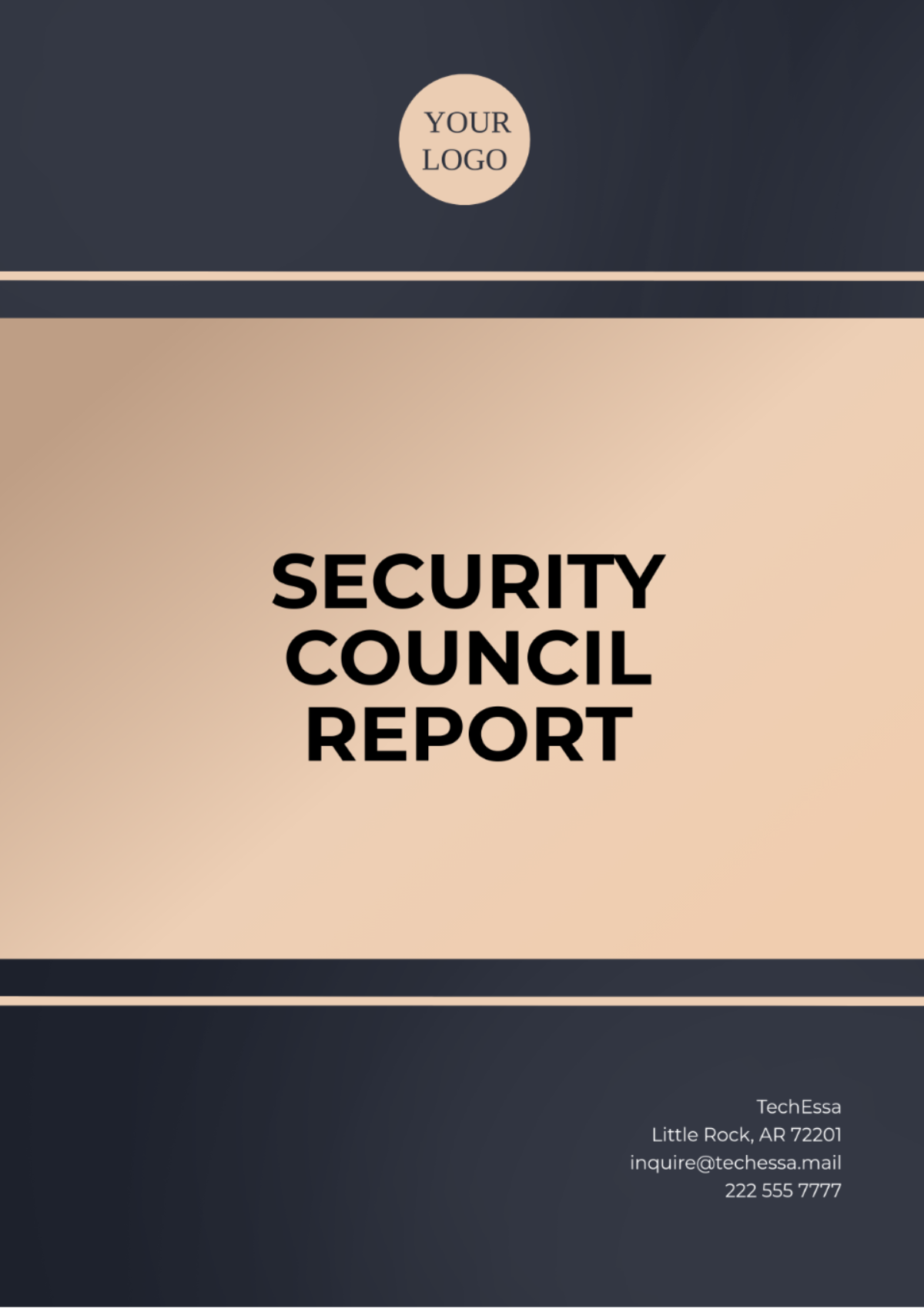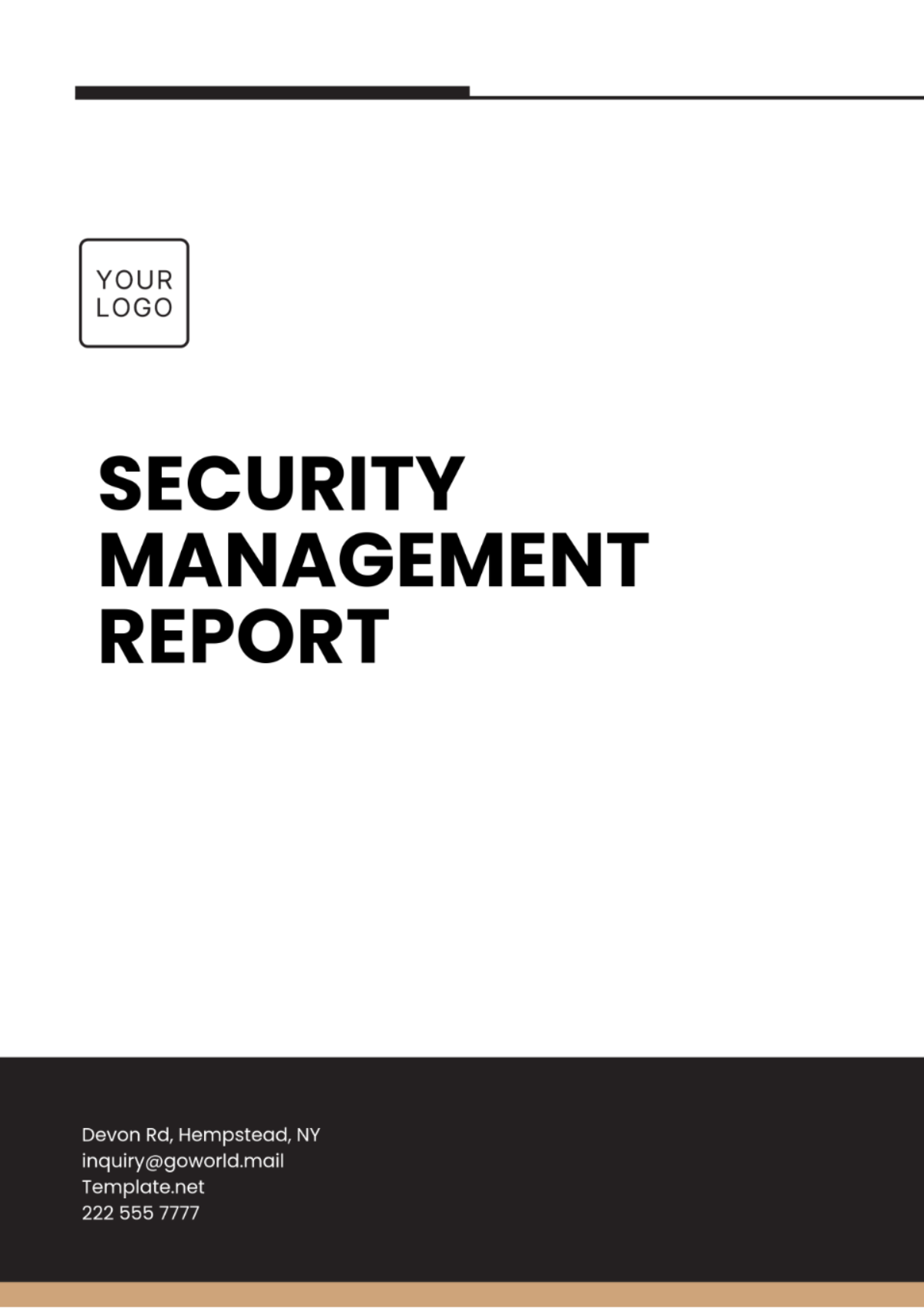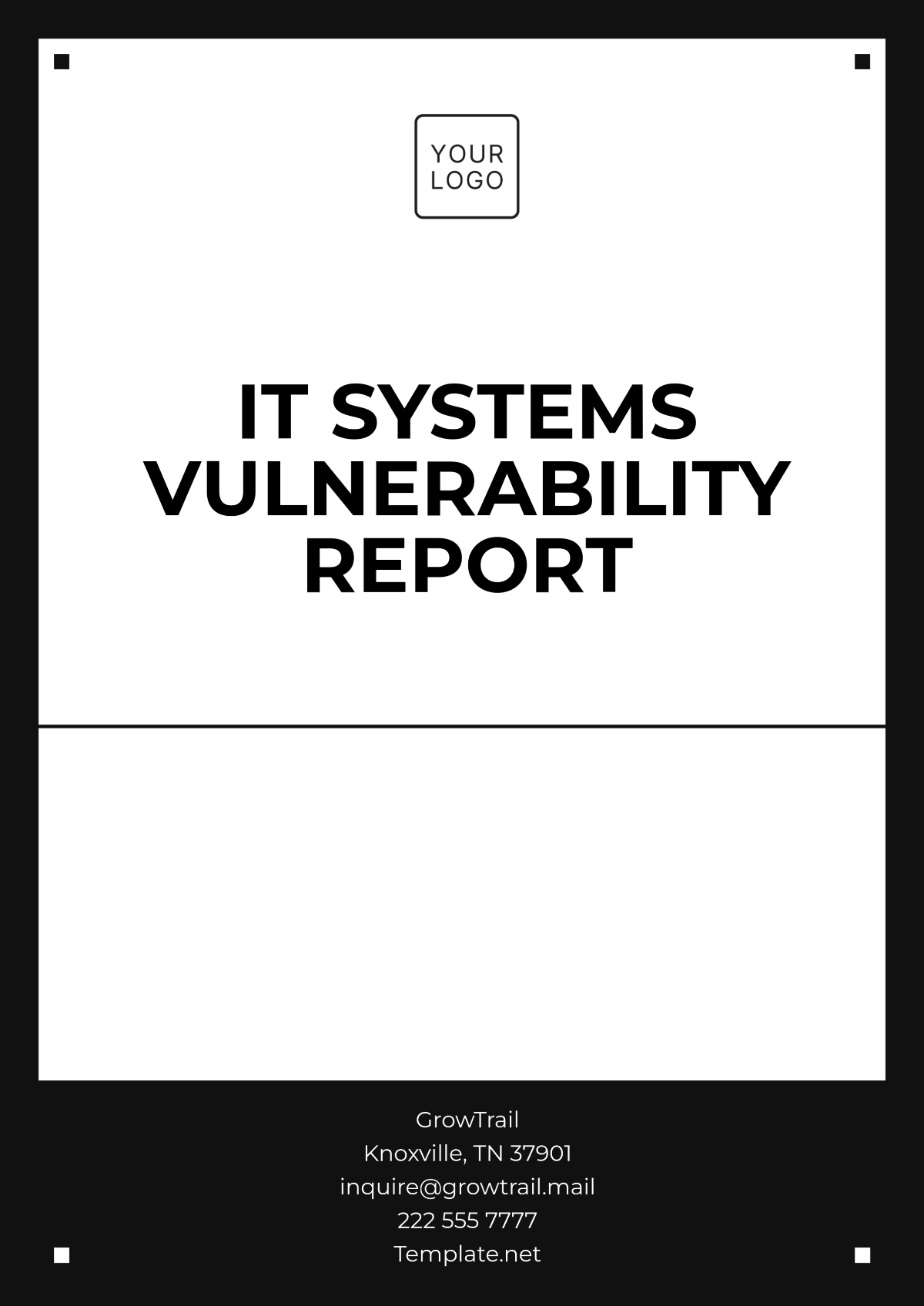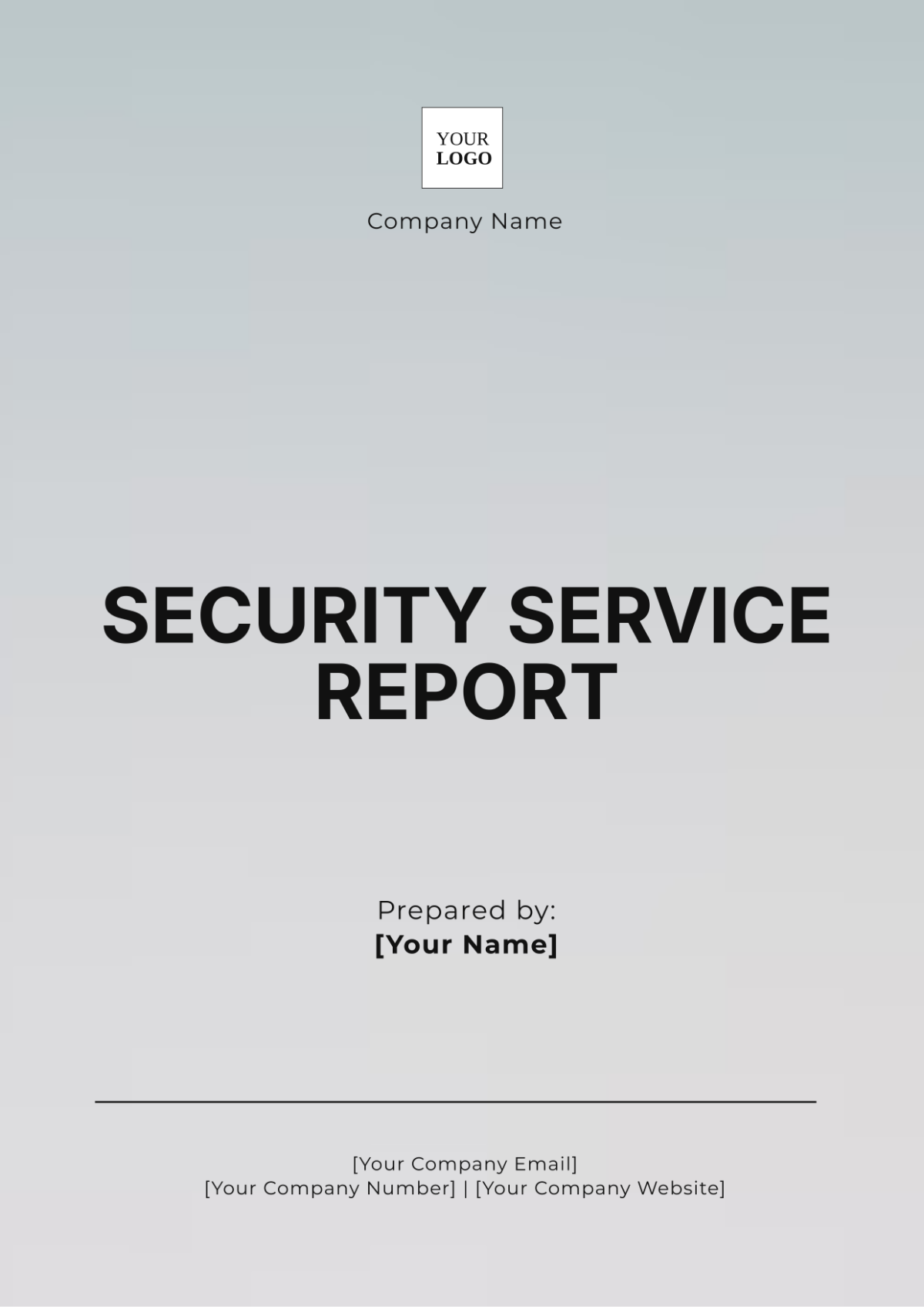IT Systems Vulnerability Report
Company: [Your Company Name]
Prepared by: [Your Name], Lead Security Analyst
Date: December 15, 2050
I. Executive Summary
This IT Systems Vulnerability Report provides a comprehensive overview of the security vulnerabilities found within the IT infrastructure of [Your Company Name]. The analysis covers critical system weaknesses and threats that could potentially jeopardize the confidentiality, integrity, and availability of sensitive data and services. Our team has performed a thorough vulnerability assessment, focusing on areas such as network infrastructure, web applications, and endpoint devices.
Based on the findings, we have identified several high-priority vulnerabilities that must be addressed immediately, along with recommendations for mitigating risks and improving overall system security.
II. Scope of Assessment
The scope of this vulnerability assessment includes the following areas:
Network Infrastructure (routers, switches, firewalls)
Web Application Security (internal and external facing applications)
Endpoint Devices (workstations, servers, mobile devices)
Wireless Network Security
Database Security
Remote Access Solutions (VPN, RDP)
The assessment was performed using both automated tools and manual techniques to ensure thorough identification of potential vulnerabilities.
III. Methodology
The following methods were utilized to perform the vulnerability assessment:
Automated Scanning: Tools like Nessus, OpenVAS, and Nikto were used to scan for known vulnerabilities and misconfigurations.
Manual Penetration Testing: Security experts manually tested for vulnerabilities that automated scanners might miss, focusing on areas such as web applications and authentication protocols.
Social Engineering: A limited social engineering assessment was conducted to determine the susceptibility of employees to phishing attacks.
Configuration Review: Security configuration audits were performed on devices and servers to ensure proper hardening against known exploits.
IV. Findings
A. Critical Vulnerabilities
Outdated Software: Multiple systems are running outdated versions of critical software, including server operating systems and application frameworks, exposing them to known vulnerabilities. For example, the outdated version of Apache HTTP Server is vulnerable to remote code execution.
Weak Password Policies: Several systems were found to have weak password policies, including the use of easily guessable passwords for system accounts and administrator access.
Unpatched Security Flaws: Many systems have unpatched security vulnerabilities, some of which have publicly available exploits. For instance, the outdated version of MySQL on the database server is susceptible to SQL injection attacks.
Exposed Ports: Unnecessary ports are open on firewalls and routers, increasing the potential attack surface. Ports such as 3389 (RDP) and 23 (Telnet) are not secured and should be closed unless necessary.
Lack of Encryption: Sensitive data, including login credentials and financial information, is transmitted in plaintext across the network, making it vulnerable to man-in-the-middle attacks.
B. Medium Risk Vulnerabilities
Insecure Web Application: The web application hosted on www.yourcompanyname.com is vulnerable to cross-site scripting (XSS) and cross-site request forgery (CSRF), potentially allowing attackers to execute unauthorized actions or steal user credentials.
Inadequate Endpoint Protection: Some workstations lack updated antivirus software and endpoint protection, leaving them vulnerable to malware and ransomware attacks.
Weak User Access Controls: Certain user accounts have more access than necessary for their roles, violating the principle of least privilege and increasing the risk of insider threats.
C. Low-Risk Vulnerabilities
Outdated Documentation: Security procedures and network diagrams are outdated and may not accurately reflect the current IT infrastructure, potentially leading to confusion during incident response efforts.
Missing Security Headers: Some web applications lack certain HTTP security headers such as X-Content-Type-Options and Content-Security-Policy, which could be leveraged by attackers to execute certain types of attacks.
V. Recommendations
A. Immediate Actions
Patch Systems: Ensure that all critical and high-risk software vulnerabilities are patched immediately. Implement a regular patch management schedule to ensure future vulnerabilities are addressed promptly.
Update Password Policies: Enforce strong password policies, including multi-factor authentication (MFA) for all administrative access points and critical systems.
Close Unnecessary Ports: Review and close any non-essential open ports on routers, firewalls, and servers.
Encrypt Sensitive Data: Implement end-to-end encryption for sensitive data transmission, particularly for login credentials, financial information, and any personally identifiable information (PII).
B. Medium-Term Actions
Secure Web Applications: Address the XSS and CSRF vulnerabilities by implementing proper input sanitization and validation. Perform regular security testing of web applications to detect new vulnerabilities.
Enhance Endpoint Protection: Ensure that all workstations and servers have up-to-date antivirus software, firewalls, and endpoint protection solutions.
Review User Access Control: Conduct a role-based access review and ensure that all user accounts have the minimum required privileges. Implement the principle of least privilege across all systems.
C. Long-Term Actions
Implement Security Monitoring: Deploy a centralized security monitoring system that collects and analyzes logs from all network devices, servers, and endpoints. This system should be able to detect potential threats and trigger alerts in real-time.
Regular Security Training: Conduct regular security awareness training for employees to minimize the risk of phishing and other social engineering attacks.
Review and Update Documentation: Update security documentation, including network diagrams, procedures, and incident response plans to ensure they reflect the current state of the IT infrastructure.
VI. Conclusion
The vulnerability assessment has identified several critical areas where [Your Company Name] is at risk of potential cyber threats. By addressing the high-risk vulnerabilities and implementing the recommended mitigation strategies, the organization can significantly improve its security posture and reduce the likelihood of a successful attack. We recommend immediate attention to the most critical vulnerabilities and the implementation of a continuous security improvement process to keep systems protected over time.







































